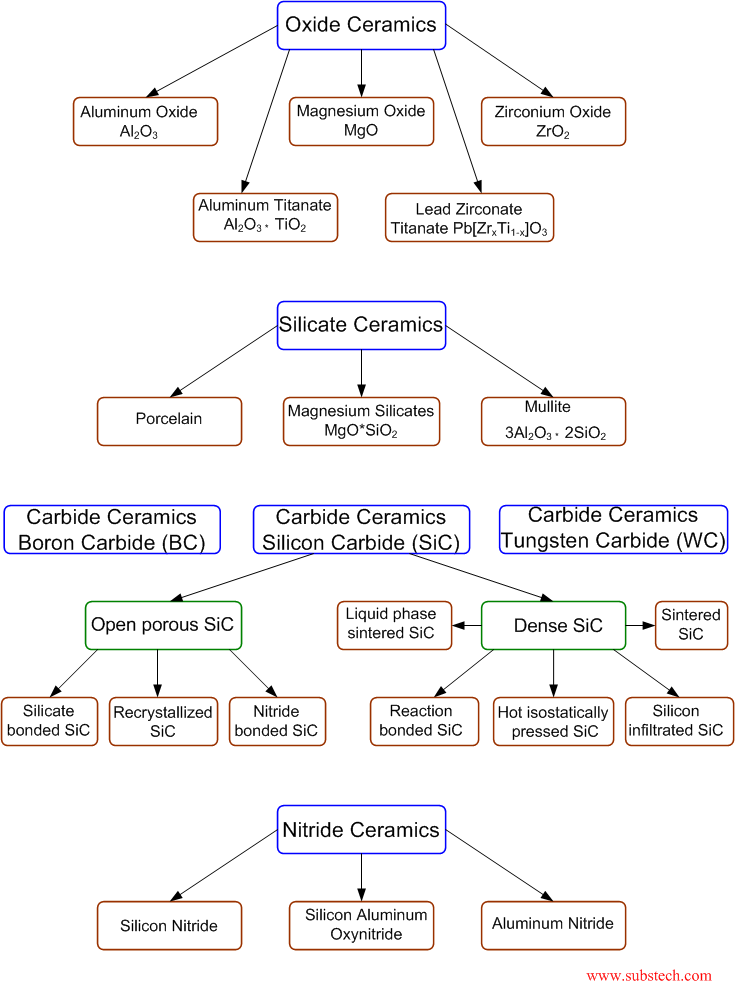A state of matter as well as a type of ceramic as a state of matter the term refers to an amorphous noncrystalline structure of a solid material the glassy state occurs in a material when insufficient time is allowed during cooling from the molten state for the crystalline structure to form as a type of ceramic glass is an inorganic.
Types of ceramics materials pdf.
Thin films and single crystals thin films of many complex and.
Advanced ceramic is an inorganic non metallic basically crystalline material of rigorously controlled composition control in grain size and shape phase distributions and porosity and manufactured with detailed regulation from highly refined and characterised raw materials giving precisely specified attributes.
This is apparent in the table.
Click thermal properties of ceramics are governed by the type of bonding covalent to ionic and number of bonds present.
Ceramics are commonly used in construction consumer products vehicles scientific and industrial.
Silicate ceramics silicates are materials composed primarily of silicon and oxygen soils rocks clays sand and glass silica silicon oxide sio 2 three crystal structures.
This predates the use of metal.
Coatings ceramics are often used to provide protective coatings to other materials.
In the third volume are included physical structural thermal electro.
Quartz cristobalite and tridymite open structure not close packed low density si4 o2 adapted from figs.
This type of material was formed by nitriding silicon powder compacts and was later termed reaction bonded silicon nitride rbsn parr et al 1960.
In slip casting a ceramic slurry which has a moisture content of 20 to 35 percent is poured into a porous mold.
Furthermore they may be of all material types e g metals ceramics polymers and are normally expensive.
Ceramics is a category of hard material that is typically manufactured by heating minerals.
The work represents a thorough treatment of ultra high temperature materials with melting points around or over 2500 c.
Modern ceramics include some of the strongest known materials.
Advanced materials include semiconductors biomaterials and what we may term.
The ceramic form of silicon nitride si 3 n 4 was first produced in 1955 collins and gerby 1955 for use as thermocouple tubes molten metal crucibles and also rocket nozzles.
Click generally for all materials the expansion from absolute zero to the melting temperature is about 15 so materials with higher tm values have lower lcte values.
Slurry forming of ceramics generally is accomplished using slip casting gelcasting or tape casting.










